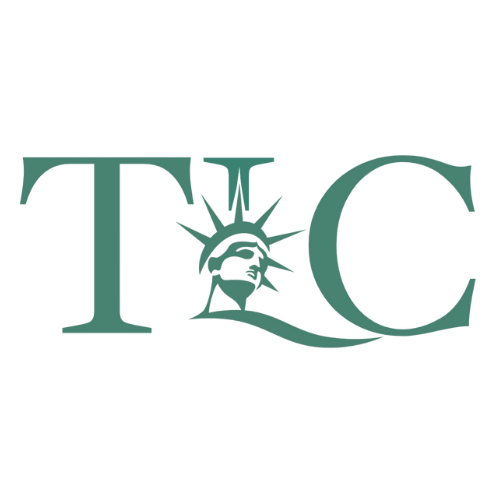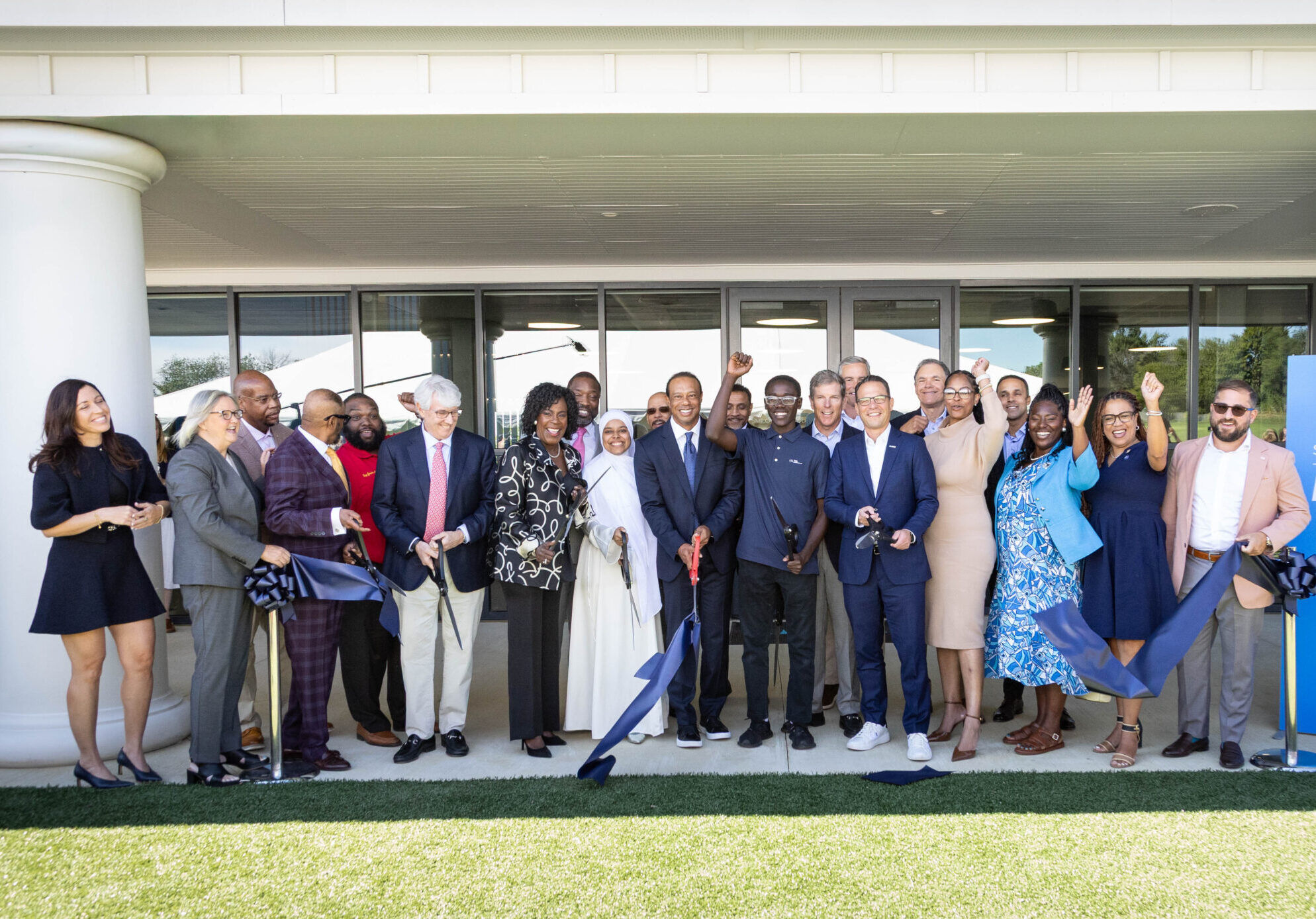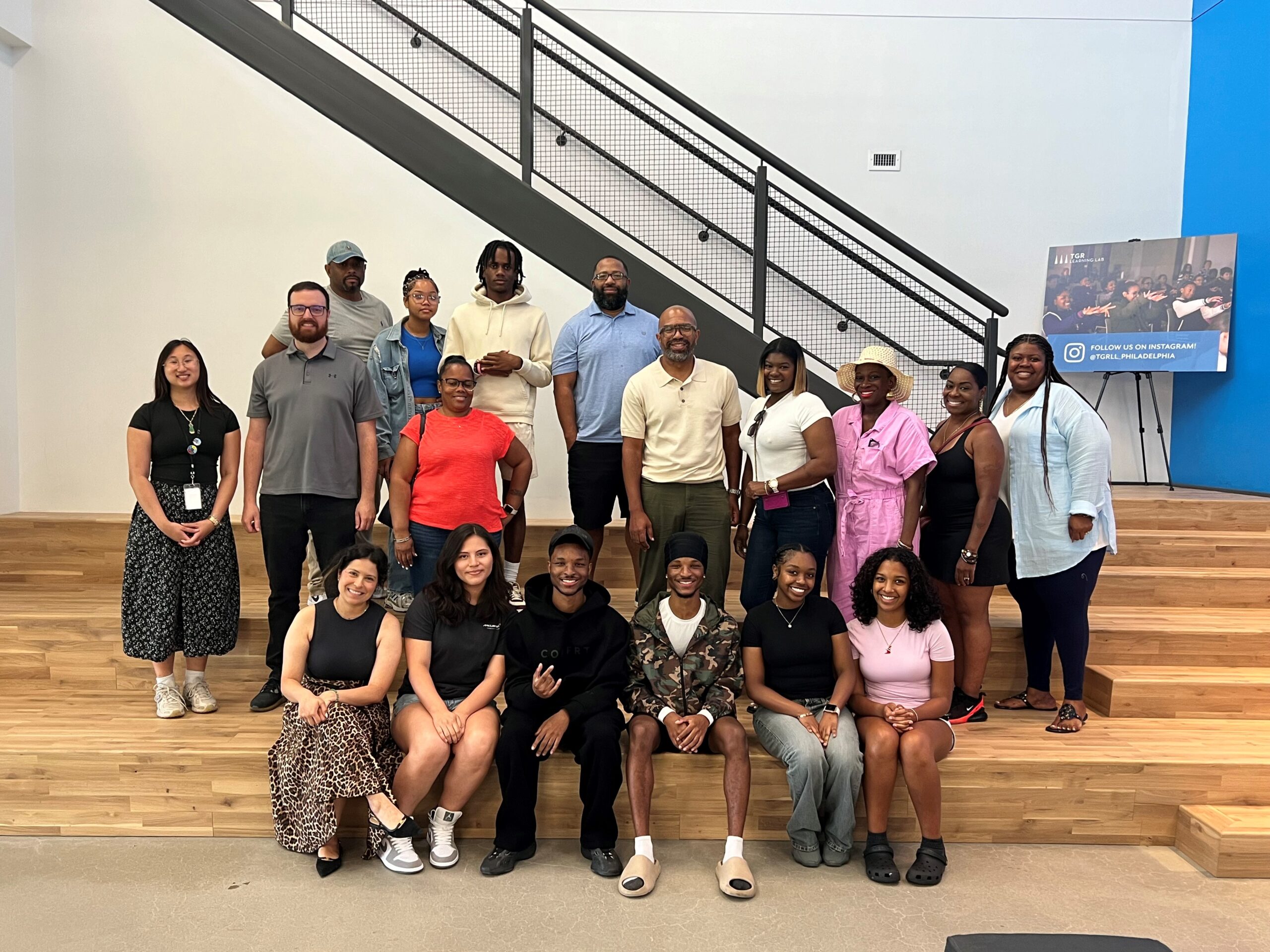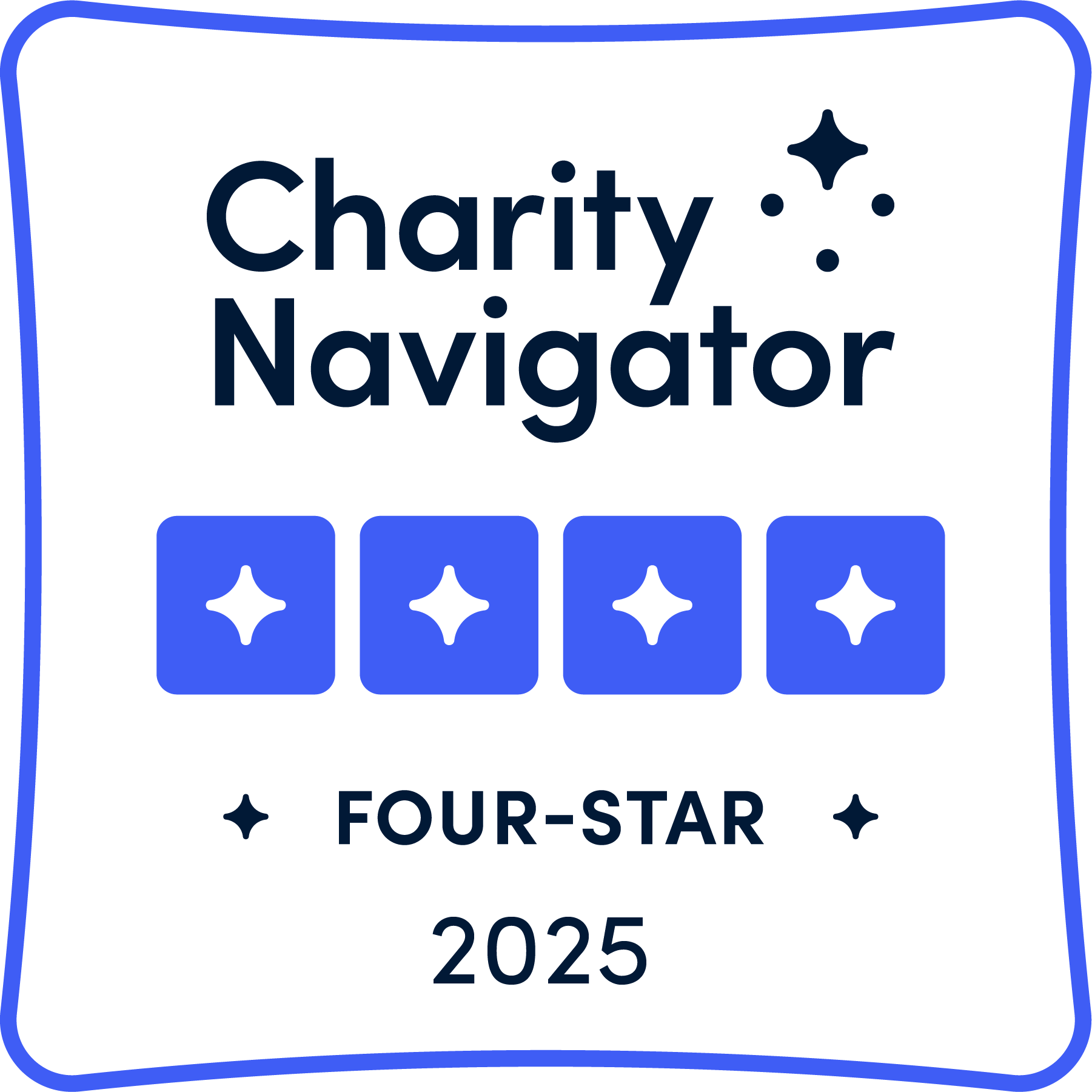When people first hear the words Raspberry Pi, they conjure up an image of a sweet dessert. The Raspberry Pi is a microcomputer with all the functions and circuitry of a computer the size of a credit card. Although you would not want to bite into it, the machine is extremely appealing to computer science enthusiasts. Many do-it-yourself (DIY) projects, including security cameras, retro video game machines and lights programmed to blink with music, have been made using the small compact wonder. It is an amazing tool to introduce students to the world of computer science.
With support from Broadcom Foundation, TGR Foundation partnered with the Centralia Elementary School District to pilot a two-week course introducing fifth and sixth graders to computer science using the Raspberry Pi. From February through May, TGR Foundation’s flagship TGR Learning Lab instructors were joined by Centralia Elementary School District access coordinators to visit all schools in the district and implement the curriculum with students. Through the program, more than a thousand students were exposed to computer science concepts and developed computer science skills using the Raspberry Pi.
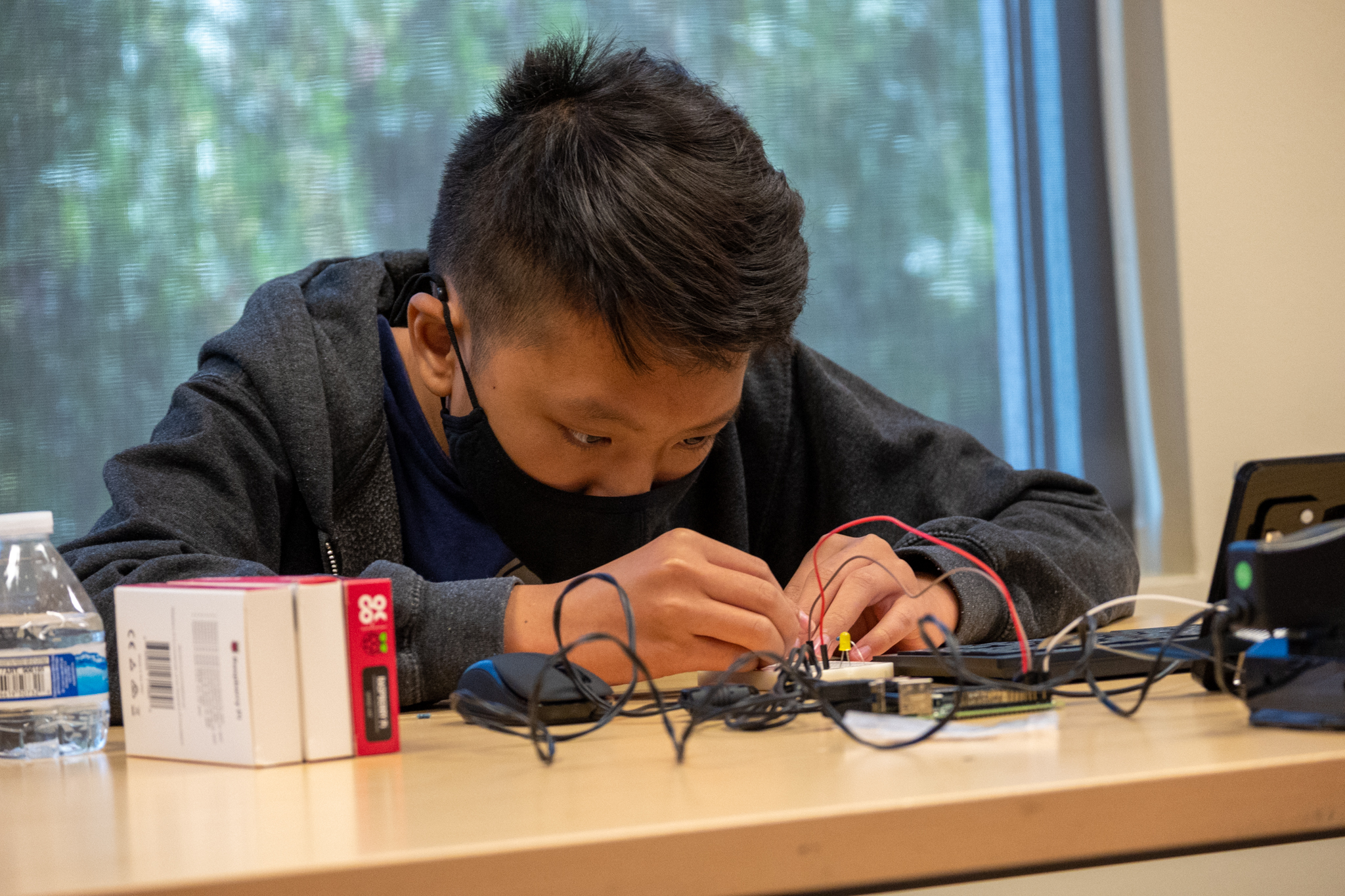
The curriculum is broken down into four sections over the course of ten days including technology connections, video game development, physical computing and circuitry. Students are challenged through a series of activities within the ten-day course like:
- labeling the different parts and components of the Raspberry Pi.
- deconstructing and reassembling it to make the computer functional.
- connecting their keyboard, mouse, USB ports and a power bank for operational uses.
- using block-based programming software, Scratch 3, to create a simple video game.
- programming computers to interact with everyday materials.
Most students participating see the inside of a computer for the first time as they use magnifying glasses to examine the tiny hardware and label its parts. Through the activity, they learn how computers connect to the internet and enjoy being able to see, hold and touch the different parts of the Raspberry Pi.
Excitement fills the room as students complete challenges and see the results of their work. As each Raspberry Pi, light switch, video game and traffic light model turn on, there is always a spark of joy in each student’s eyes followed by cheers of success.
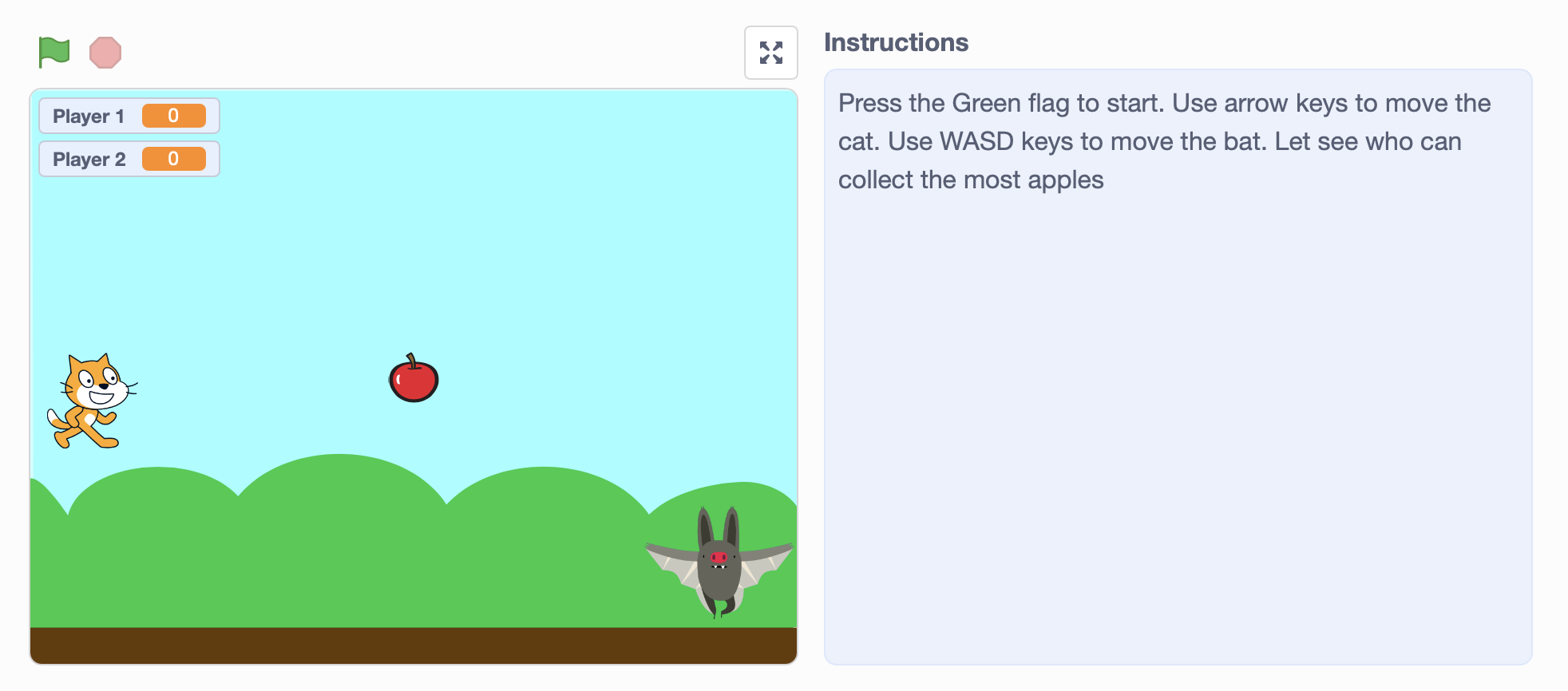
The final section on the last three days of the course teaches students how physical computing interacts with everyday objects including automatic soap dispensers, lights turning on when entering a room and traffic lights turning on and off to regulate the movement of cars.
Students learn how to connect a miniature LED light and resistor to a breadboard, connect the breadboard to the Raspberry Pi using jumper cables and use Scratch 3 to program the Raspberry Pi to turn on and off the LED light. Using all their knowledge of programming and circuity, students are now challenged to connect more lights to their breadboard and recreate a working traffic light.
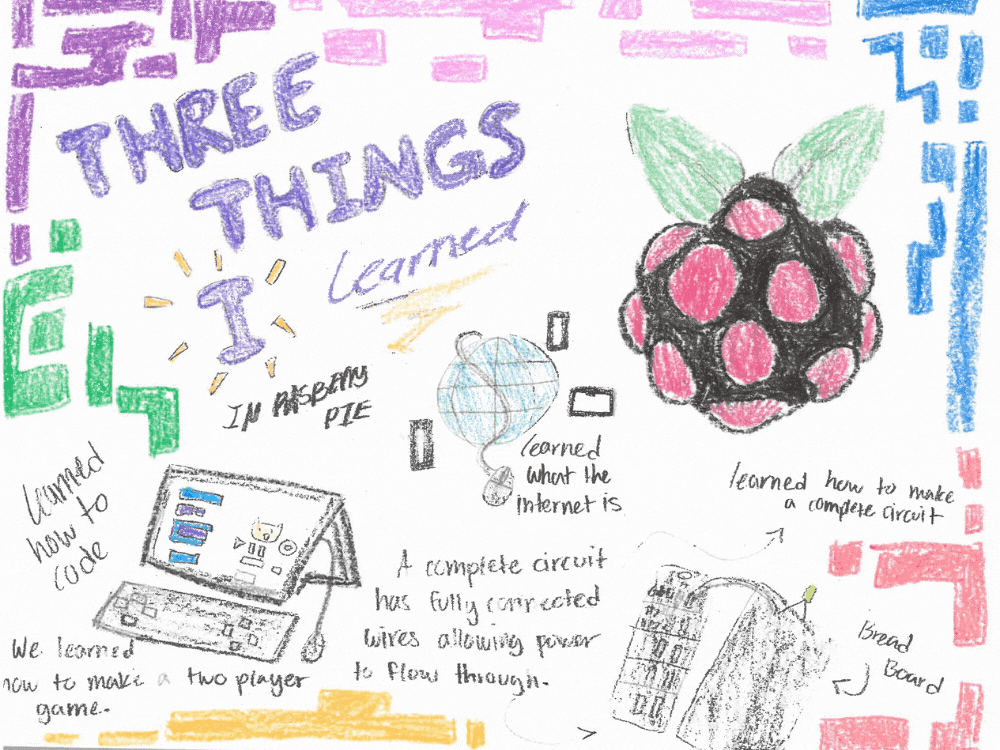
Through poster projects, students share what they learned and enjoyed most throughout the course.
The reaction of students upon completion of the final challenge is timeless. During one session on the last day of class, a student reflected on her experience and shared the transformation from intimidation to confidence by the end of the program. Through the partnership and ongoing programs and opportunities, TGR Foundation will provide this experience for more students and continue empowering youth through education.

